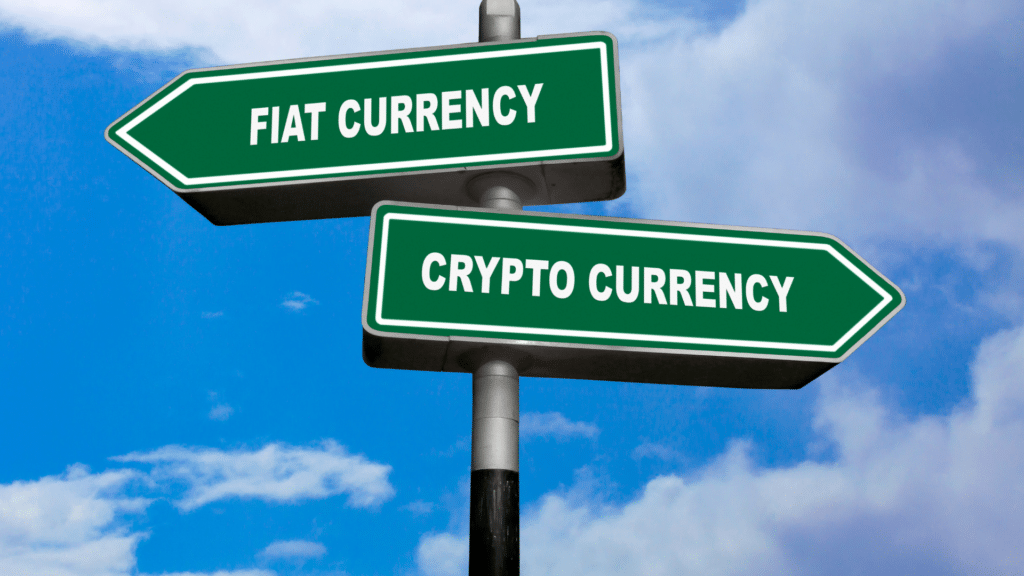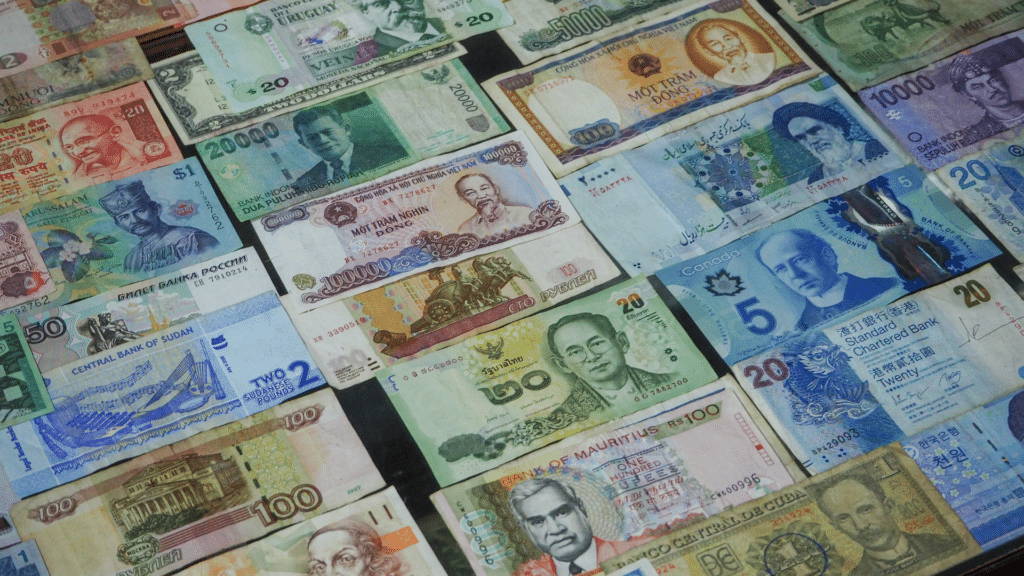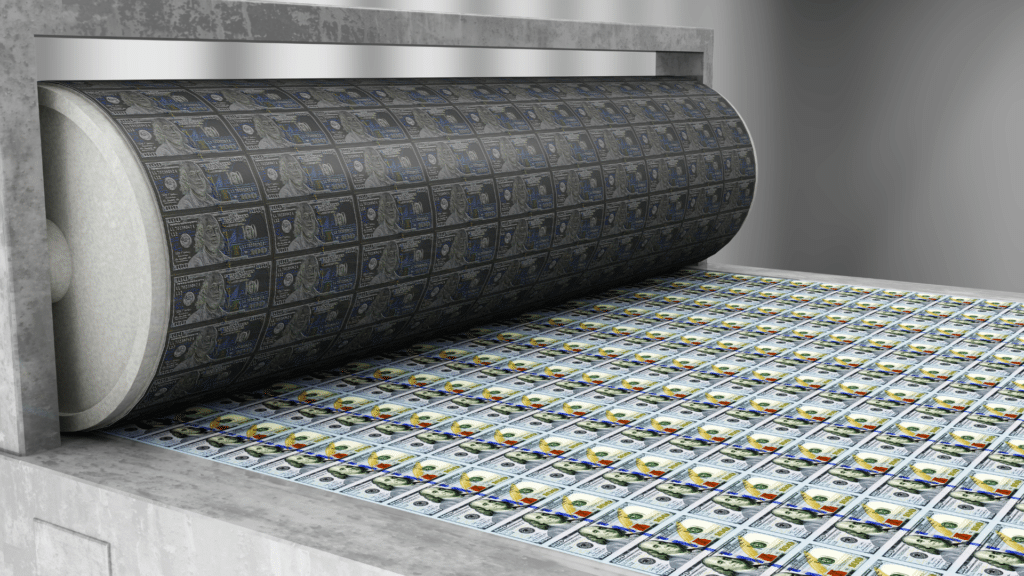What is Fiat Currency?
Fiat currency is government-issued money that’s not backed by a valuable commodity like silver or gold.
The Long Definition
Fiat money is a currency that is issued by a government and declared to have a certain value. The value of fiat is not pegged to that of a physical commodity like gold, silver, or crude oil.
Today, most national currencies are fiat.

Understanding Fiat
Fiat is money that becomes currency and legal tender by government decree. In fact, the word ‘fiat’ is Latin for ‘let be done’ or ‘it shall be.’ So, fiat currency is money because the government says so.
A crucial term to note is ‘legal tender.’ This means that the currency is recognized by the law as a means to pay debts. Creditors are legally obligated to accept it if it’s offered to settle a debt.
This typically makes fiat the de facto national currency. It is used to buy goods and services and the government collects its taxes in fiat.
How Does Fiat Work
Fiat currencies are issued by central banks around the world. Central banks play the crucial role of controlling the supply of money in the economy. This is done through monetary policies.
Note that fiat money has no intrinsic value. This is because it is not backed by a commodity like gold or silver. Also, the material that the money is made of has no significant value in itself.
So, where does its value come from?
Fiat derives its value from the backing of the issuing government. If the government says it’s worth that much, then it must be. It maintains this value from the stability of the issuing government and people’s faith in said government. People believe in fiat because they believe in their governments.
For example, if there is a civil war or instability within the federal government, the value of the dollar relative to other currencies will drop. The cost of everyday commodities will also rise.
But the issuing government isn’t the only factor determining the value of fiat money. Others include
- Economic performance: The stronger a country’s economy the stronger its currency will be.
- Demand and supply: How much money is there in circulation? The higher the supply, the lower the value of the currency.
With the latter, the central bank controls the supply of fiat in an economy. They have to be careful not to release too much money into circulation. This is because doing so will devalue the currency through inflation.

Fiat Money vs Representative Money
Representative money is money that is pegged to a valuable commodity like gold or silver. In such a system, the central bank holds reserves of precious metals. They then print paper money based on how much gold or silver they have in their reserves. Theoretically, a country cannot have more money in circulation than they have reserves.
This is how many currencies were in the early 20th century. In fact, it was even possible for citizens to go to a bank and swap paper money for its equivalence in gold. This is known as convertibility.
In the US, the value of one troy ounce of gold was fixed at $35. But due to the declining gold reserves, in 1971, President Nixon scrapped the direct convertibility of dollars to gold. He also introduced a series of measures that moved the economy away from representative money to fiat.
Fiat Money vs Cryptocurrencies
Cryptocurrency is digital, decentralized money that lives on a blockchain. The key differences between fiat and crypto are:
- Crypto is entirely digital while fiat can be physical or digital: Crypto coins only exist online. You cannot physically see or touch them. As for fiat, physical paper bills and coins exist.
- Crypto is decentralized while fiat is centralized: Crypto is not issued by the government or controlled by central banks or any other central authority. Instead, it is minted by the blockchain on which it exists.
- Crypto is not yet a legal tender: In all countries, except El Salvador, crypto is not recognized as a legal tender. Fiat currency is the only legal tender.
Popular cryptocurrencies include bitcoin (BTC) and ether (ETH). BTC lives on the Bitcoin blockchain while ether is on Ethereum.
Advantages and Disadvantages of Fiat Currency
Fiat currency is preferred for several reasons. For one, it’s not reliant on a scarce resource like gold. This makes it easier for central banks to control their supply. They can print more or less money based on the current state of the economy.
Fiat currency also has excellent seigniorage. Seigniorage refers to the cost of producing money vs its value. It is more desirable to have a currency that’s worth more than it costs to make. This is more easily achievable with fiat than with other forms of money.
For example, in 2022, the Fed states that it costs 17 cents to produce a $100 bill and 13.8 cents to produce a $20 bill.

On the other hand, it gives centralized authorities too much control over money. Governments, through the central bank, have the power to print money at will. This greatly increases the risk of inflation.
It can have devastating consequences. A good example is Zimbabwe. In the early 2000s, the country started printing money at a staggering rate. This led to a period of hyperinflation that saw its currency lose 99% of its value. It got so bad that there was even a 100 trillion note.
Want to join the Dypto journey? Follow our socials!